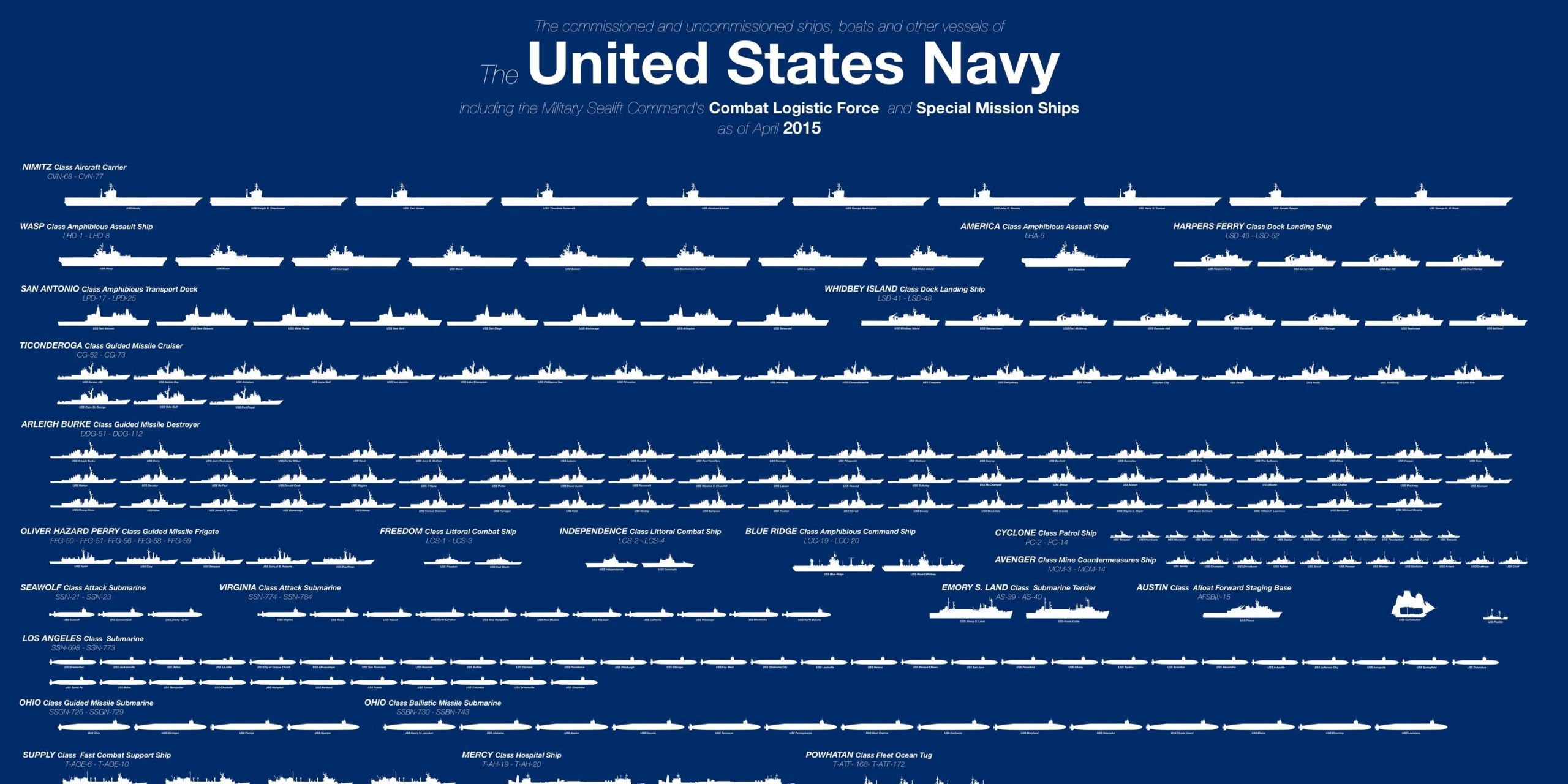

from the north, Williams said, and raids around Chesapeake Bay were designed to divert U.S. Army had proven itself equal on the battlefield by the summer of 1814 - as evident with the Battles of Chippewa, Lundy's Lane, Fort Erie and Plattsburgh," he added.īesides wanting to defend Canada from further invasions, the British were planning their own counter-invasion of the U.S. "I think it is important to note that the U.S. At the beginning of the war, many units were not well-trained, but improved over time, he said. The problem came in trying to expand from a 6,000-man force to a 35,000-man one, starting in the spring of 1812. The pre-expansion Army was well-trained and well-led.

Army, given the circumstances leading up to the war - meaning a small Army (described in part one of this three-part series). Williams said the War of 1812 was, by-in-large, a success for the U.S. The Chesapeake Campaign, which ended with the Battle of Baltimore in September 1814, was really a diversion, undertaken by the British to draw the Americans away from the campaign in Canada, said Glenn Williams, U.S. 2, 2014) - The burning of federal buildings in the nation's capital 200 years ago this week was a psychological victory for the British, but little else, according to an Army historian. Essex was faster than Cherub while Phoebe on the other hand could sail up to 13 knots as she was built to a lengthened design for the very purpose of increasing speed.WASHINGTON (Army News Service, Sept. Nonetheless, Porter missed his opportunity to escape to sea while Phoebe was in port. Seeing Essex was ready for battle, Hillyar hauled off while Porter held his fire, thus avoiding a diplomatic incident. Essex, however, had rigged kedge anchors at the ends of its yards to grapple Phoebe and engage. Hillyar sailed into the harbor at Valparaíso in Phoebe close to Essex, trying to incite Porter to fire first and violate the Chilean neutrality. British merchant George O'Brien in the Emily sailed out of Valparaíso with intelligence about Essex for Hillyar. Porter knew that British diplomatic support was more useful to the Chileans than American support, and thus he understood that Essex could not stay long in Valparaíso. In January 1814, Essex sailed into neutral waters at Valparaíso, only to be trapped there for six weeks by the arrival of HMS Phoebe and the sloop-of-war HMS Cherub on 3 February.


 0 kommentar(er)
0 kommentar(er)
